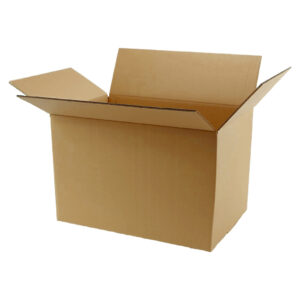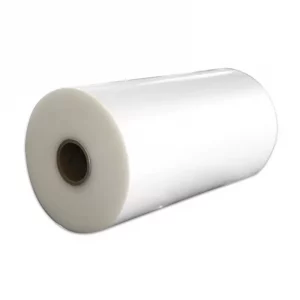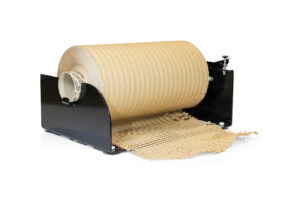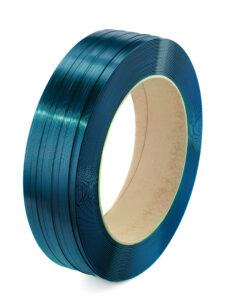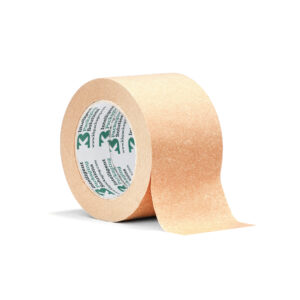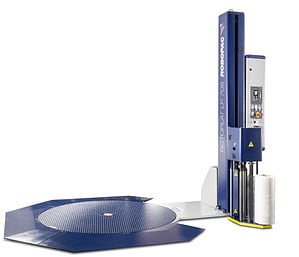With an astonishing annual pallet transportation volume exceeding 750 million, it’s an eye-opening revelation that approximately 11% of these pallets endure damage during their journey to the destination.
Astonishingly, an estimated 82.5 million pallets annually reach their intended destination in a compromised state due to issues with pallet stability, incurring expenditures that can reach astronomical proportions.
In the UK, a staggering 60 million wooden pallets are fabricated each year to facilitate the nationwide conveyance of goods. Beyond these timber pallets, an additional 150,000 tonnes of pallet wrap are meticulously employed to encase and secure these goods in preparation for there dispatch.
While road transportation undoubtedly offers efficiency, it doesn’t always guarantee a seamless journey, particularly for delicate cargo. Miscalculations in selecting packaging materials and stacking configurations may lead to loss of stability, resulting in product damage, pallet rejection, and unforeseen financial burdens.
Products rendered unsalvageable during transit tend to be discarded, necessitating replacements at the manufacturer’s expense. This leads to additional labor, pallet packaging, waste product, and transportation expenses.
The key to achieving pallet stability lies in comprehending the comprehensive attributes of the merchandise, encompassing its weight, shape, material, and size. This invaluable knowledge serves as the foundation for establishing a highly efficient packing methodology that guarantees the preservation of pallet integrity.
In the realm of pallet material selection, choosing the appropriate material can obviate the need for additional resources. It is essential to note that wooden and plastic pallets possess distinct characteristics, each offering varying load-bearing capacities. Plastic pallets are well-suited for packages weighing up to 1,500 pounds. For loads exceeding this threshold, opting for wooden pallets is highly recommended.
Another crucial consideration pertains to the choice of wrapping material. Most pallet wraps are crafted from linear low-density polyethylene (LLDPE), available in various forms tailored to the specific attributes of the packages. Heavier loads are better accommodated by utilizing robust NANO stretch film to ensure pallet integrity is maintained.
In addition to mitigating the risk of movement in transport (MIT), it is our estimation that the UK could potentially conserve a substantial 41 million kilograms of plastic stretch film annually simply by adopting the appropriate wrapping materials.
At KB Packaging, we possess an intimate understanding of the intricacies involved in the transportation of goods, and have ingeniously devised an offsite solution to detect and resolve any issues related to pallet stability.
Our dedicated Innovation Centre replicates a company’s existing packaging process and simulates real-world transportation scenarios to pinpoint vulnerabilities and offer valuable counsel on requisite adjustments, ultimately resulting in more robust pallets and cost-effective, ecologically sound logistics.
By giving due regard to pallet stability, a transformative process can be set in motion, mitigating transport movement, reducing costs, and ultimately contributing to a more sustainable future with lower carbon emissions.
Contact Us
